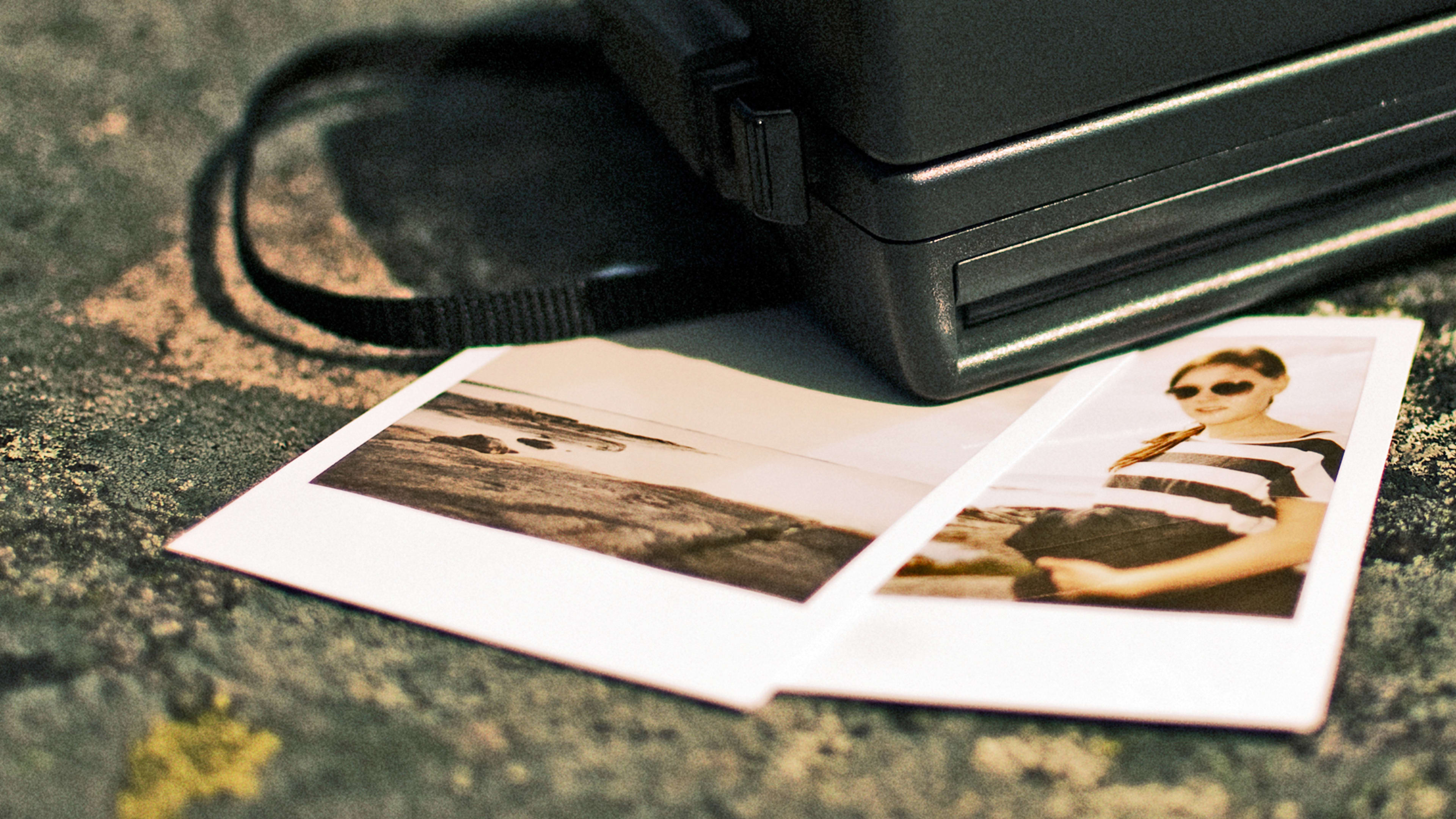If Instagram were to add a print button, allowing its massive community of shutterbugs to order physical copies of their photos right from the app, how much revenue could that drive? According to CanvasPop cofounder Adrian Salamunovic, a conservative estimate would peg that number at around $720 million annually.
Salamunovic’s back-of-the-envelope calculation comes just a week after Instagram announced its plans to monetize. In a blog post entitled “Instagram as a growing business,” the Facebook-owned photo-sharing service outlined its advertising program, promising that only a “handful of brands” would produce ads designed to be “enjoyable and creative in much the same way you see engaging, high-quality ads when you flip through your favorite magazine.” Predictably, the announcement was met with a certain measure of protest. But given that Instagram has eschewed going after myriad other business opportunities such as photo printing–however enticing they may now be at this scale–it’s all the more clear how committed the company is to its ad-based approach.
Instagram CEO Kevin Systrom has long avoided letting business strategy trump user experience. From the beginning, his disciplined team was laser-focused on designing the perfect app–they weren’t distracted by short-term, revenue-generating tactics. Of course, as a lean startup flush with capital, it’s a luxury–if not now a Silicon Valley cliché–to say you’re focused on product rather than profit.
But with more than 150 million users, and with revenue expectations forever ballooning, it’s especially impressive that the company has managed to remain undistracted. “You could throw almost any feature at that many users and monetize it,” says Salamunovic, who has built a multimillion-dollar business from social media services like Facebook.
In his view, printing alone–of items such as canvases, postcards, or photo books–would be a massive business, even if it were outsourced to companies like CanvasPop or Shutterfly. If Instagram introduced a print button in its app, Salamunovic estimates that even if the service saw only a 1% conversion rate, with an average monthly transaction of $40, the company could help to generate $60 million a month, or $720 million a year. Salamunovic stresses that this is an extremely conservative approximation; the conversion rate and average monthly transaction on CanvasPop alone is significantly higher. (To be clear, Instagram would only take a cut of this revenue from third-party services; it would certainly be a headache to handle its own printing, though it would likely be more lucrative.)
Salamunovic realizes a partnership like this is a fantasy. But that hasn’t stopped him from “creating the what-if scenario.” He’s been in touch with Systrom about it over the years, and recently even connected with Instagram business operations director Emily White. “Emily is super friendly and polite, and basically said that they are 100% aware of us but that there are no immediate plans to add this [print button] feature,” Salamunovic says.
In other words, not much has changed since the early days. As we described in our recent profile of Instagram:
Quick-buck schemes abounded, but none distracted Systrom. The fervor around the service started a burgeoning economy of companies turning its treasure trove of digital images into everything from coasters to T-shirts to canvas prints. Polaroid even announced plans to roll out a physical Instagram camera in 2014. Systrom didn’t want to be in the photo tchotchke game. “It’s not the next $1 billion business,” he said.
The fact is, however, such schemes are rapidly becoming $1 billion businesses. And that figure would be significantly higher if factoring in selling potential premium photo packs or branded filters, which, in the past, Systrom has hinted he’s open to experimenting with.
But, unlike ads, he and his team have decided they’re simply not worth the cost to the user experience.
Recognize your brand’s excellence by applying to this year’s Brands That Matter Awards before the early-rate deadline, May 3.
